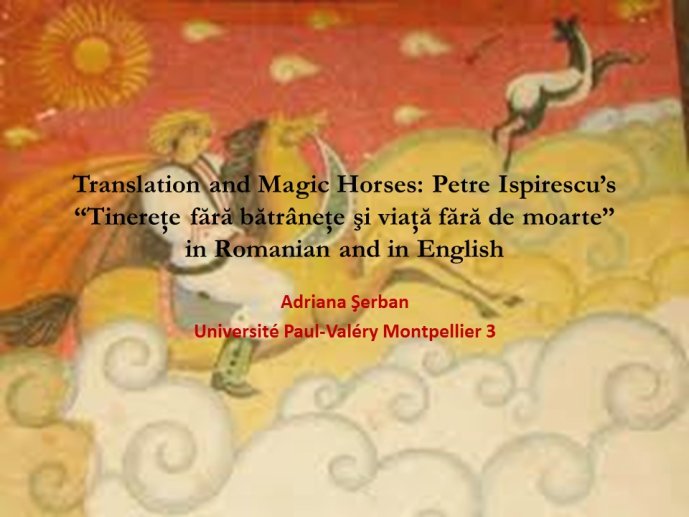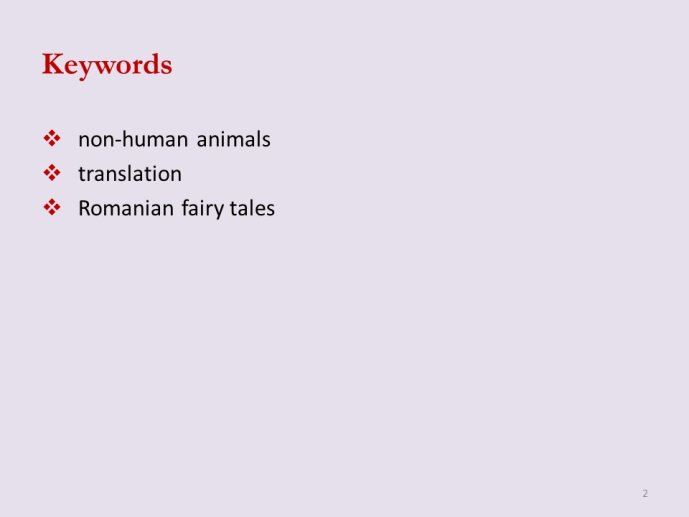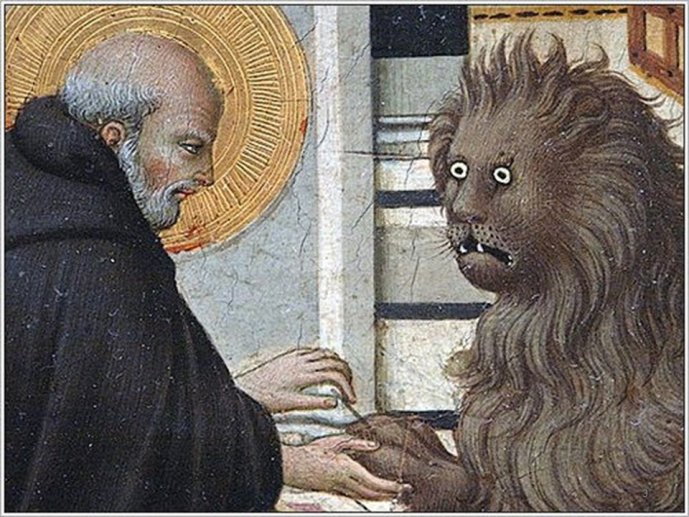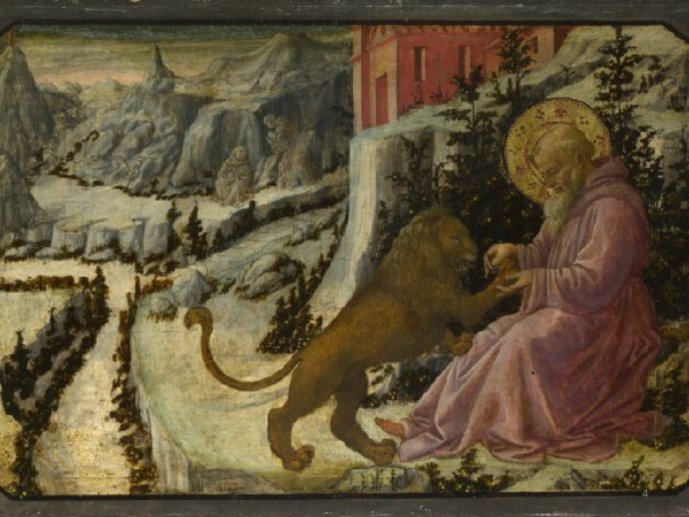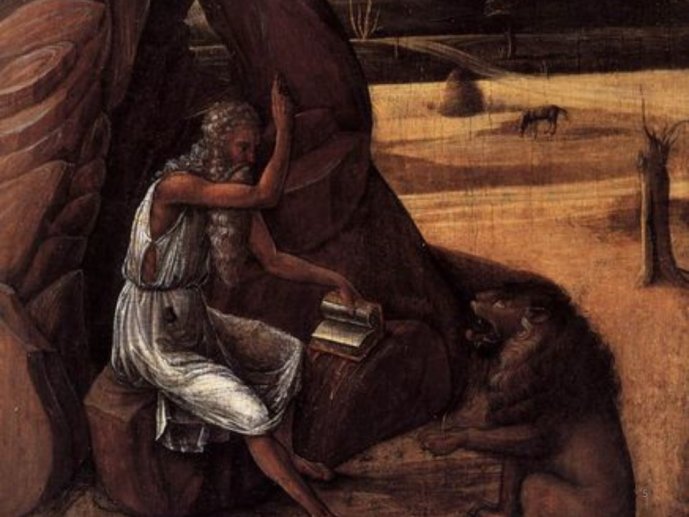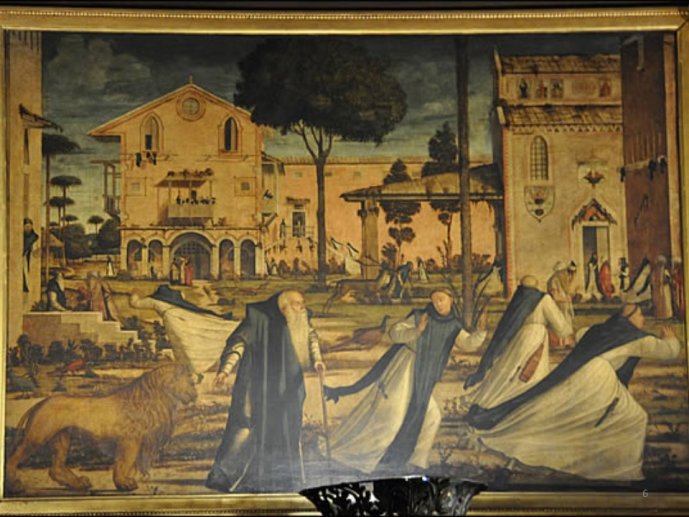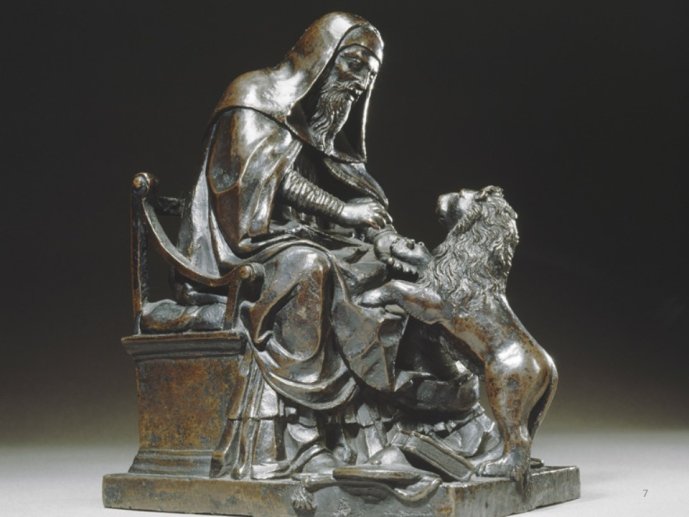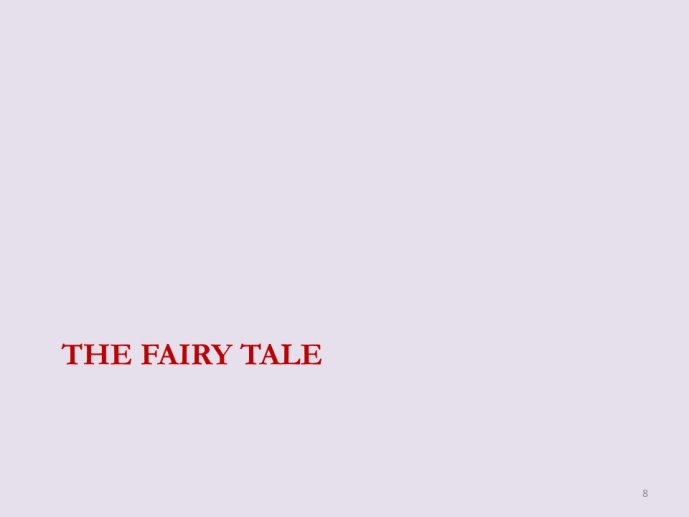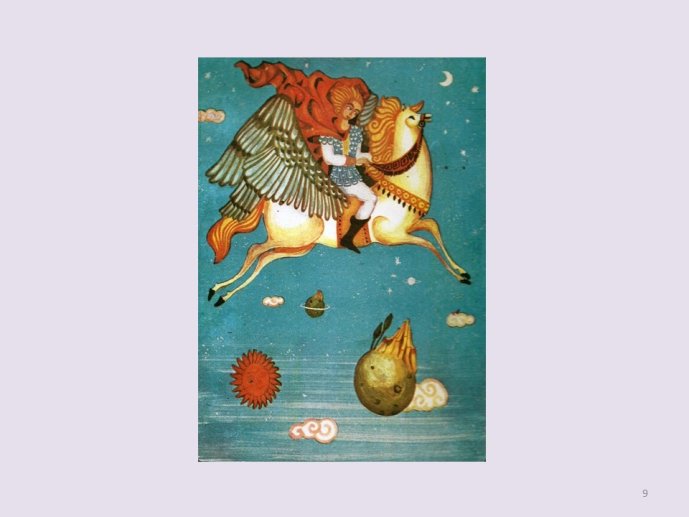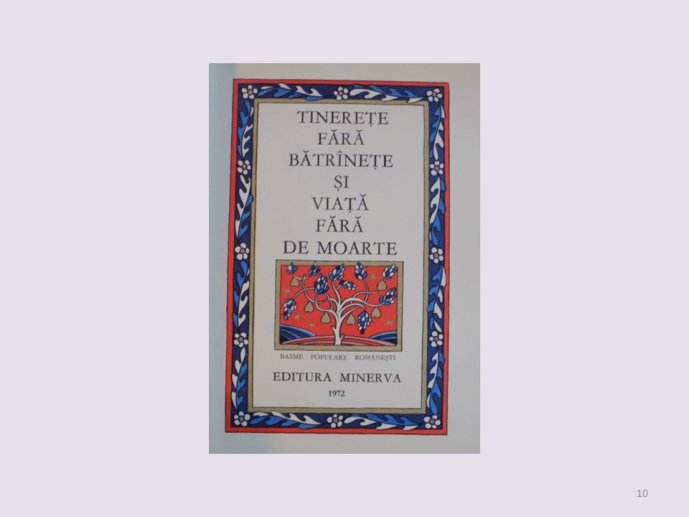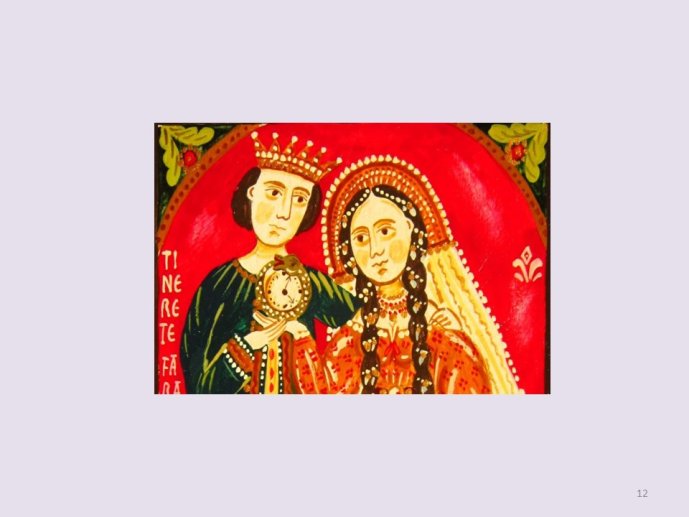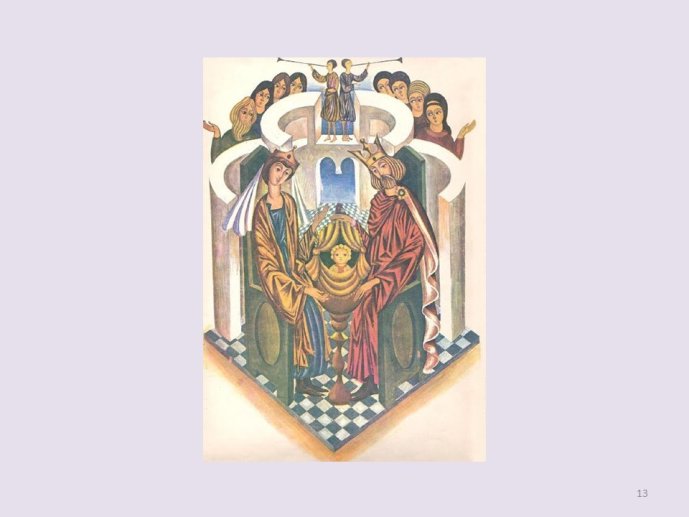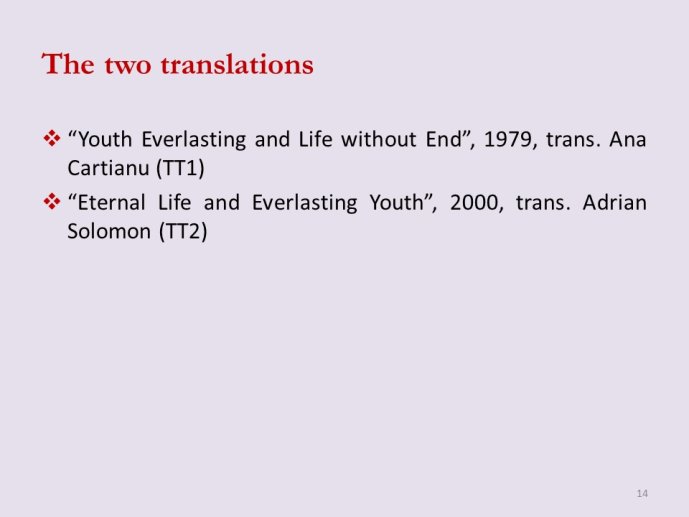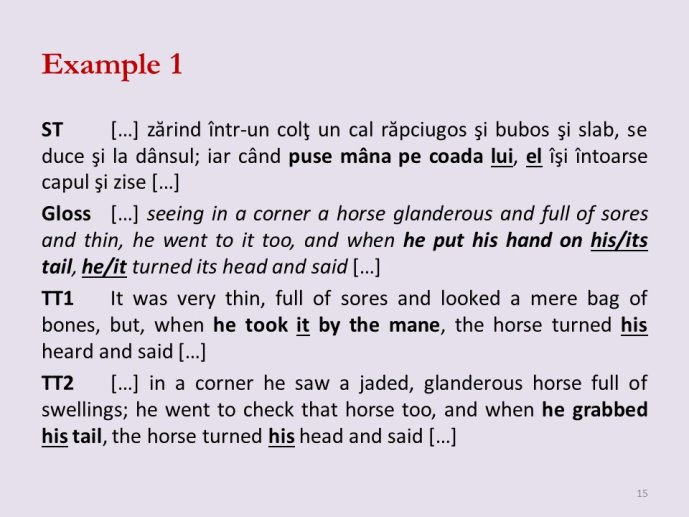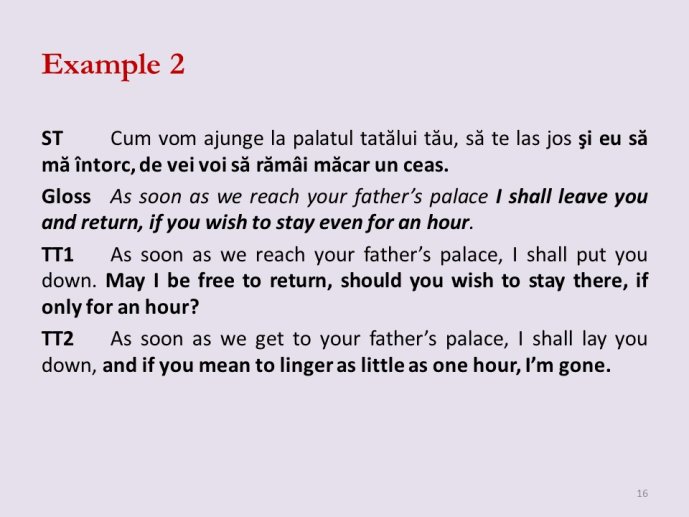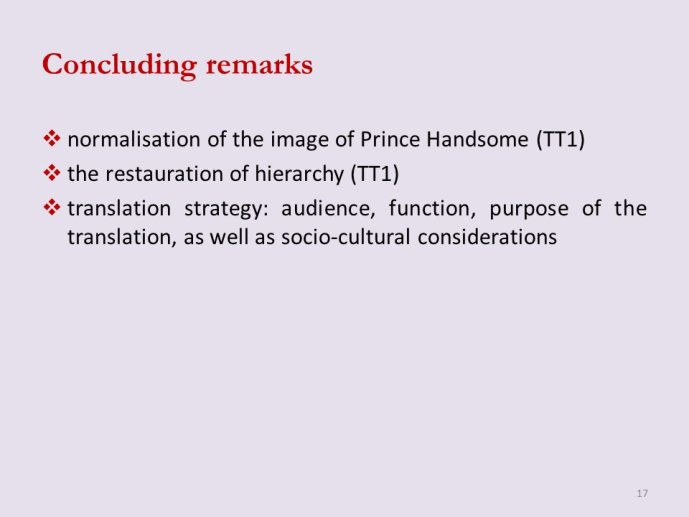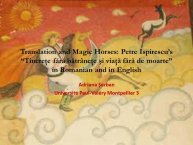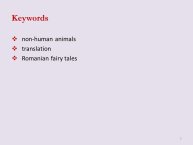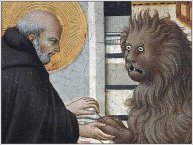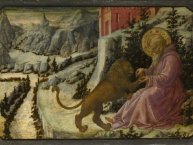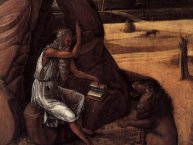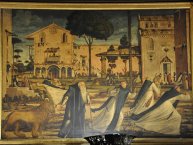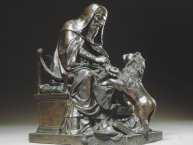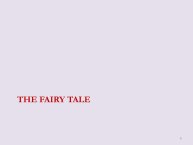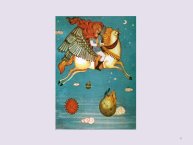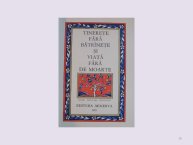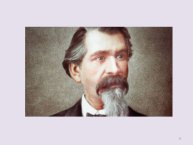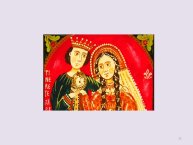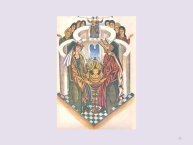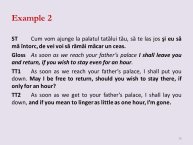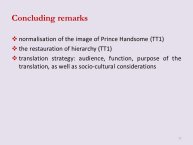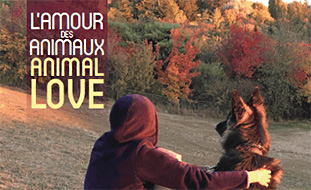Notice
Translation and Magic Horses: Petre Ispirescu’s "Tinereţe fără bătrâneţe şi viaţă fără de moarte" in Romanian and in English / Adriana Şerban
- document 1 document 2 document 3
- niveau 1 niveau 2 niveau 3
Descriptif
Translation and Magic Horses: Petre Ispirescu’s "Tinereţe fără bătrâneţe şi viaţă fără de moarte" in Romanian and in English / Adriana Şerban, in colloque international "L'Amour des animaux / Animal Love", organisé par leLaboratoire Cultures Anglo-Saxonnes (CAS), la Société d’Étude de laLittérature de Voyage du monde Anglophone (SELVA), l'Académie des Sciences, Inscriptions et BellesLettres (ASIBL)de Toulouse, sous la responsabilité scientifique de Françoise Besson (CAS,SELVA, ASIBL), Marcel Delpoux (ASIBL, SELVA), Nathalie Dessens (CAS) et ScottSlovic (SELVA, University of Idaho, USA). Toulouse, Hôtel d'Assézat, Hôtel duMay, Université Toulouse Jean Jaurès, 20-23 mars 2019.
Atelier 1 : Mules et chevaux / Mules and horses.
Animals are a constant presence in Romanian fairy tales, and Petre Ispirescu’s “Tinereţe fărăbătrâneţe şi viaţăfărăde moarte” is no exception. Collected from the folklore in the second half of the 19th century by Ispirescu, the Romanian equivalent of the brothers Grimm, the tale stands apart due to its unusual treatment of the theme of the Hero and of the Hero’s Journey. According to Campbell ([1949] 2008), the Hero is usually expected to leave the known world for the unknown, toendure hardship and to fight for a just cause, be transformed, and finally attain the object of his or her quest. In this story, Prince Charming does indeed find what he was looking for, but loses it, causing considerable suffering to himself and others, and finally dies a lonely death. The main character in the fairy tale is the prince himself, but it could as well have been the horse, since the two always appear together once the quest has started, except at the very end, when Prince Charming chooses tonot listen to the horse’s advice. Throughout their journey together, the winged horse has been the prince’s means of transportation −of trans-lation — as well as his advisor and only friend. In this paper, Adriana Şerban proposes to examine the way in which the relationship between the main human and the main non-human, magic animal in the fairy tale is represented in the Romanian text and two of its translations into English, “Youth Everlasting and Life without End” (1979, trans. Ana Cartianu) and “Eternal Life and Everlasting Youth” (2000, trans. Adrian Solomon), which target very different categories of readers. The comparison reveals that adjustments have been made in translation, in particular for the benefit of a younger audience. The transformations the story and, in particular, the relationship between the two characters have undergone in the process of linguistic transfer are uniquely interesting in thatthey bring to light attitudes, viewpoints and expectations, in different cultural environments, at different moments in time.
___
Le but de ce colloque est d’envisager l’amour des animaux, l’amour animal, l’amour pour les animaux dans sa multiplicité et sous un angle à la fois philosophique, scientifique, littéraire et artistique et en inscrivant ce thème dans la relation plus large de l’homme au monde et dans la vision environnementale et écocritique. Des espèces compagnes à la relation (l’amour ?) des animaux pour des membres de leur propre espèce ou d’espèces différentes, l’expression “l’amour des animaux” est polysémique. On pense à l’amour des chiens et chats pour leur compagnon humain et à la relation réciproque de l’attachement humain pour ces êtres non-humains qui accompagnent leur vie, au chien qui accompagne son ami humain jusqu’à la tombe et va y rester des jours et parfois se laissera mourir. Que dire de ce chat américain qui dans un hôpital, va dans les chambres de malades dont il perçoit avant les médecins qu’ils vont mourir bientôt et les accompagne jusqu’à leur dernier souffle ? Comment définir son rôle gratuit et étrange d’accompagnateur qui va leur permettre le passage en leur offrant une présence amie et rassurante ?
L’amour des animaux, c’est à la fois l’amour de l’être humain pour le monde animal, l’amour -ou tout autre sentiment auquel il conviendra de réfléchir- de l’animal pour l’être humain et l’amour des animaux entre eux ; l’amour pour tout souffle de vie ; l’amour de la chatte pour ses petits, le geste de l’hippopotame tentant de sauver l’antilope de la gueule du crocodile, les soins d’une bande de chats des rues en Argentine sauvant un enfant perdu en lui apportant de la nourriture et en le réchauffant jusqu’à ce qu’il soit retrouvé. Est-ce de l’amour ? Est-ce un instinct de survie ? Une empathie inexplicable ? Comment définir la notion d’amour des animaux ? Ces gestes de tendresse, de compassion ou d’empathie du monde animal peuvent-ils être rattachés à l’amour ou sont-ils des gestes instinctifs de sauvetage de quelque espèce que ce soit visant à prolonger la présence animale sur la terre ?
The aim of this conference is to consider animal love in its multipicity, from a philosophical, scientific and literary angle at the same time, by inscribing the theme in the wider relationship of man with the world and in the environmental and ecocritical vision as well.
From companion species to the love of animals for members of their own species or of other species, the phrase “animal love” is polysemous. We first think about the love dogs and cats have for their human companions and about the reciprocal relationship of attachment of human beings for those nonhuman companions accompanying parts of their lives; we can think about the dog following his human companion’s coffin and accompanying him/her to the grave, staying there days and nights and sometimes dying there. What can we say of the American cat who, in a hospital, goes into dying people’s rooms, knowing before doctors that those people are going to die and accompanying them until their last breath? How can we define her gratuitous, strange role as a companion, allowing them to pass away while offering them a friendly, reassuring presence?
Animal love is both the human being’s love for an animal or several animals and the love—or any feeling we could associate with love—of the animal for the human being and the love of animals for one another. Can we consider the gesture of a hippopotamus for the antelope that he tries to rescue from the crocodile’s teeth, staying with her head in its mouth until her last breath, as love? What about the behaviour of a group of street cats in Argentina, who saved a lost human infant by giving him food and lying on him so that he did not die of cold in the night, until the day when he was found. Is this love? Is it some survival instinct shared with those who are threatened? Is it some unexplainable empathy? How can we define the notion of animal love? Could those gestures of apparent tenderness, compassion or empathy of the animal world be qualified as love—could they be linked with love or are they instinctive rescuing gestures made by whatever species to prolong the animal presence on the Earth?
Intervention / Responsable scientifique
Thème
Documentation
Bibliographie sélective
> Voir la bibliographie (à télécharger en pdf) dans l'onglet "Documents".
Dans la même collection
-
Animal Cause. Contemporary Chalenges in Brazilian Society / Zelia Monteiro Bora
BoraZélia MonteiroAnimal Cause. Contemporary Chalenges in Brazilian Society / Zelia Monteiro Bora, conférence plénière in colloque international "L'Amour des animaux / Animal Love", organisé par le Laboratoire
-
Le chien truffier dans sa relation affective avec l'homme, son maître, son ami / Pierre Sourzat
SourzatPierreLe chien truffier dans sa relation affective avec l'homme, son maître, son ami / Pierre Sourzat, conférence plénière
-
Toward werewolf diplomacy: Cross-species kinship and ecopoetics in "Animal Dreams" and "Prodigal Su…
MeillonBénédicteToward werewolf diplomacy: Cross-species kinship and ecopoetics in "Animal Dreams" and "Prodigal Summer" by Barbara Kingsolver / Bénédicte Meillon
-
"Brown dog of the Yaak" and "Colter" by Rick Bass or a tribute to human-dog companionship / David L…
LatourDavidBrown dog of the Yaak and Colter by Rick Bass or a tribute to human-dog companionship / David Latour
-
L'homme et le chat : une histoire et un avenir communs ? (Des origines à l'Intelligence artificiell…
VercruyceBernardL'homme et le chat : une histoire et un avenir communs ?
-
Animaux réels et fantastiques dans l'art médiéval de la région Occitanie / Guy Ahlsell de Toulza
Ahlsell de ToulzaGuyAnimaux réels et fantastiques dans l'art médiéval de la région Occitanie / Guy Ahlsell de Toulza
-
De la raison à la passion pour les dinosaures et l'énigme des grandes extinctions / Marcel Delpoux
DelpouxMarcelDe la raison à la passion pour les dinosaures et l'énigme des grandes extinctions / Marcel Delpoux, conférence plénière
-
Amour-Haine ou l'ambiguïté de la relation serpentine / Pierre Lile
LilePierre C.Amour-Haine ou l'ambiguïté de la relation serpentine / Pierre Lile
-
Les loups et les ours : une histoire d'amour difficile
López MújicaMontserratpar Montserrat López Mújica
-
Le siècle de "Winnie l'Ourson" / Yves Le Pestipon
Le PestiponYvesLe siècle de Winnie l'Ourson / Yves Le Pestipon, conférence plénière
-
L'amour offert aux animaux que l'on dresse : stratagème ou complicité ? / Olivier Courthiade
CourthiadeOlivierL'amour offert aux animaux que l'on dresse : stratagème ou complicité ? / Olivier Courthiade

